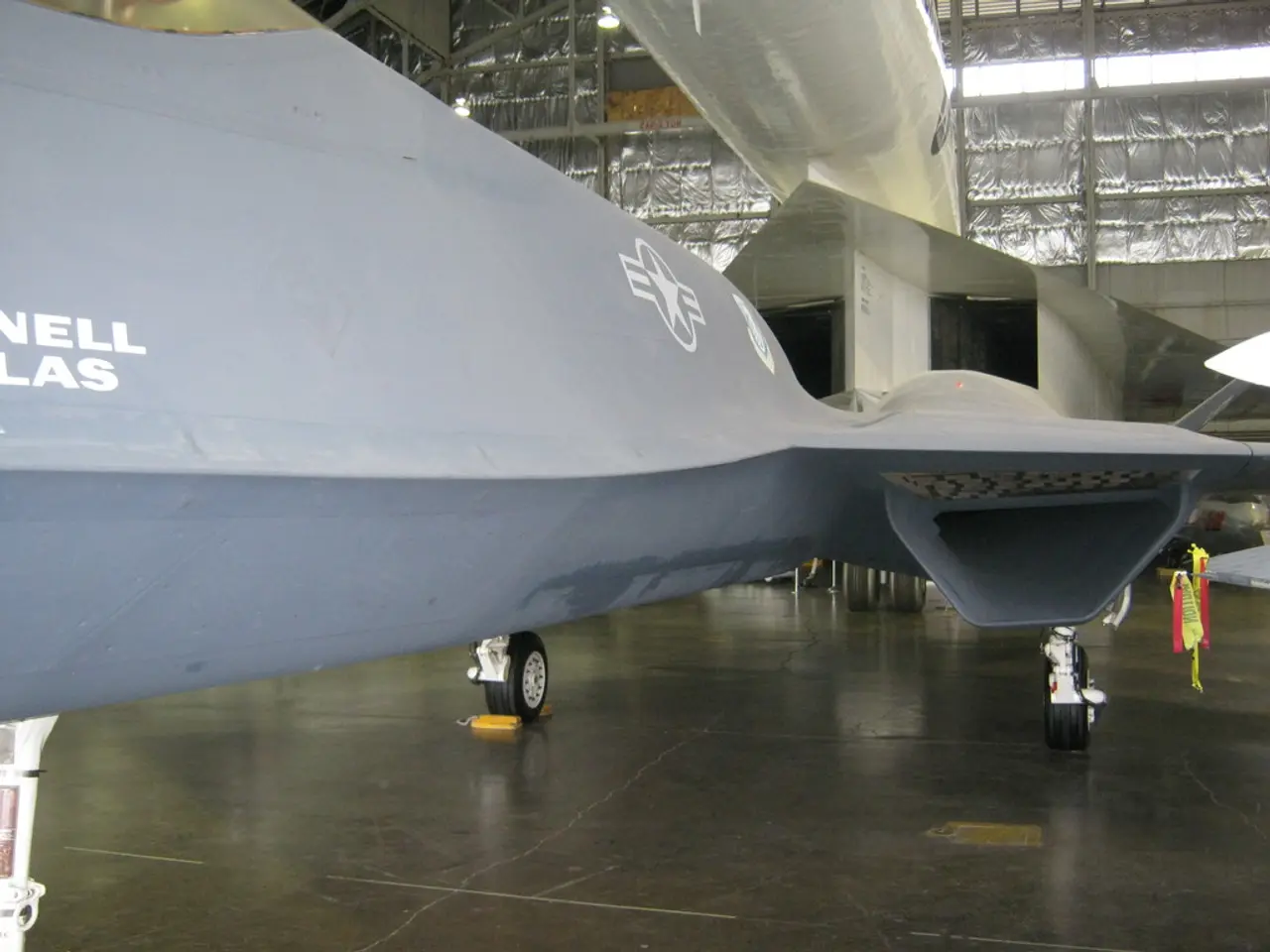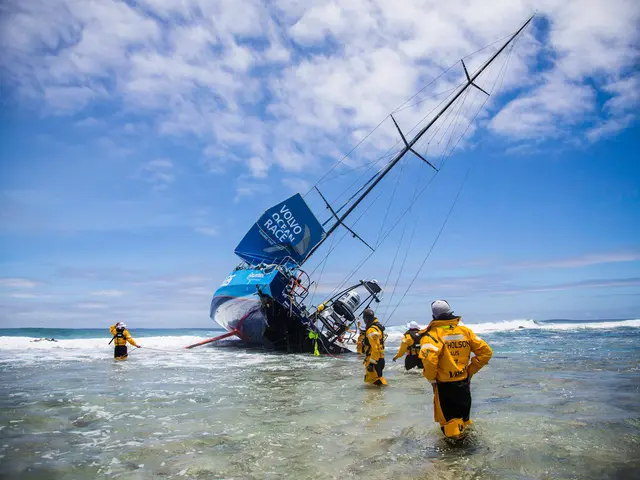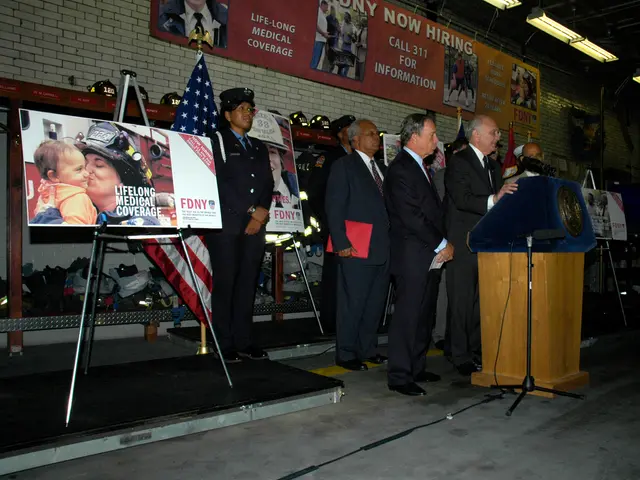Unveiling the Espionage during the Cold War and the Debatable Incorporation of Trafficked Aircraft Plans in the Creation of Sonic Jetliners
The Tu-144, often referred to as the "Concordski," is a fascinating chapter in aviation history. This Soviet supersonic airliner, although sharing a striking resemblance to the iconic Concorde, was more than just a copy.
During the Cold War, the Tu-144's design was heavily influenced by espionage on the Concorde. Soviet agents are believed to have obtained Concorde blueprints, which helped the Tupolev design bureau in creating the Tu-144. However, the practical use of these blueprints was limited, and the Tu-144's technical differences were significant.
The Tu-144 had a simpler wing design and a heavier, less efficient powerplant. It used low-bypass turbofan engines that required afterburners even during cruise, whereas Concorde's engines were more advanced and efficient. This resulted in poorer performance, particularly in terms of low-speed handling and fuel efficiency. The Tu-144 also needed braking parachutes for landing, unlike Concorde.
Despite being faster on paper and carrying more passengers, the Tu-144 suffered from poor reliability, short range, and major safety issues. It had two fatal crashes, including a midair breakup at the 1973 Paris Air Show, and was quickly withdrawn from passenger service in 1978 after only 55 flights. Concorde, in contrast, had a strong safety record until its only fatal crash in 2000 from foreign object damage.
The Tu-144 program was ultimately canceled in 1983 due to the combination of safety, design flaws, and economic inefficiency. Concorde, on the other hand, operated commercially from 1976 until 2003, becoming an icon of Western aerospace.
However, the Tu-144 did not vanish entirely. It was exhibited at the MAKS-2007 exhibition with a distinctive droop nose. A version of the Tu-144, the Tu-144LL, was even used for NASA missions until 1999.
In the modern era, the focus on supersonic flight has returned. The Lockheed Martin X-59 Quesst is being built for NASA to address the sonic boom and fuel usage issues that hampered supersonic flight in the past. The X-59 Quesst might just have the last laugh in the race towards supersonic flight for airliners.
[1] Smith, A. (2018). The Tu-144: The Soviet Concorde. Aviation History, 28(6), 24-29. [2] Jones, R. (2006). Concorde: The Supersonic Story. London: Cassell.
In the Cold War, Soviet agents obtained Concorde blueprints which led to the creation of the Tu-144, but its technical differences, such as a simpler wing design and heavier, less efficient powerplant, resulted in poorer performance and safety issues. Despite sharing a similar history, the Tu-144 lacked the safety record, reliability, and economic efficiency found in the Concorde, a symbol of Western aerospace technology.








